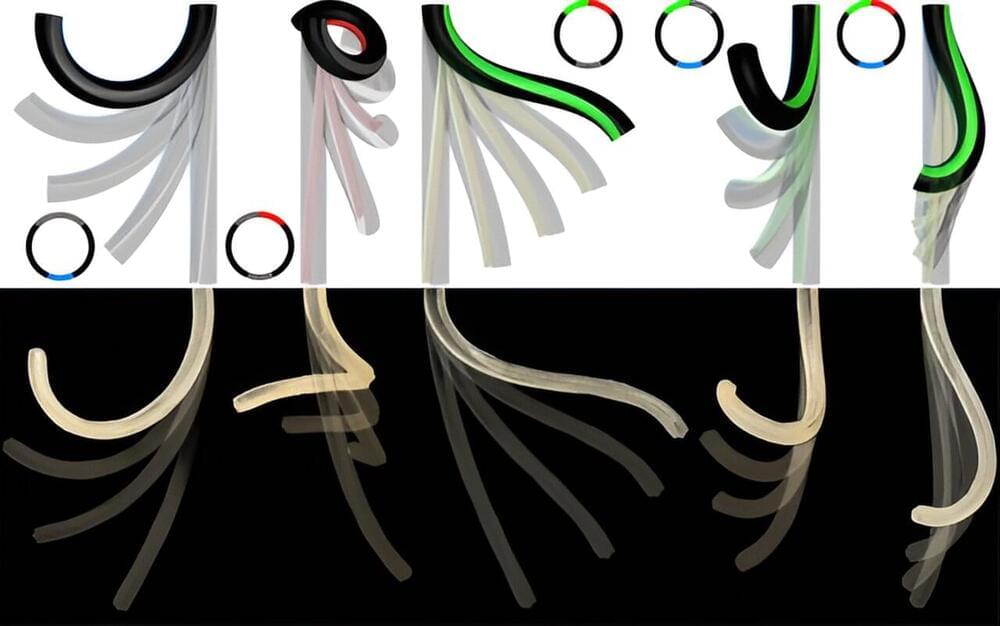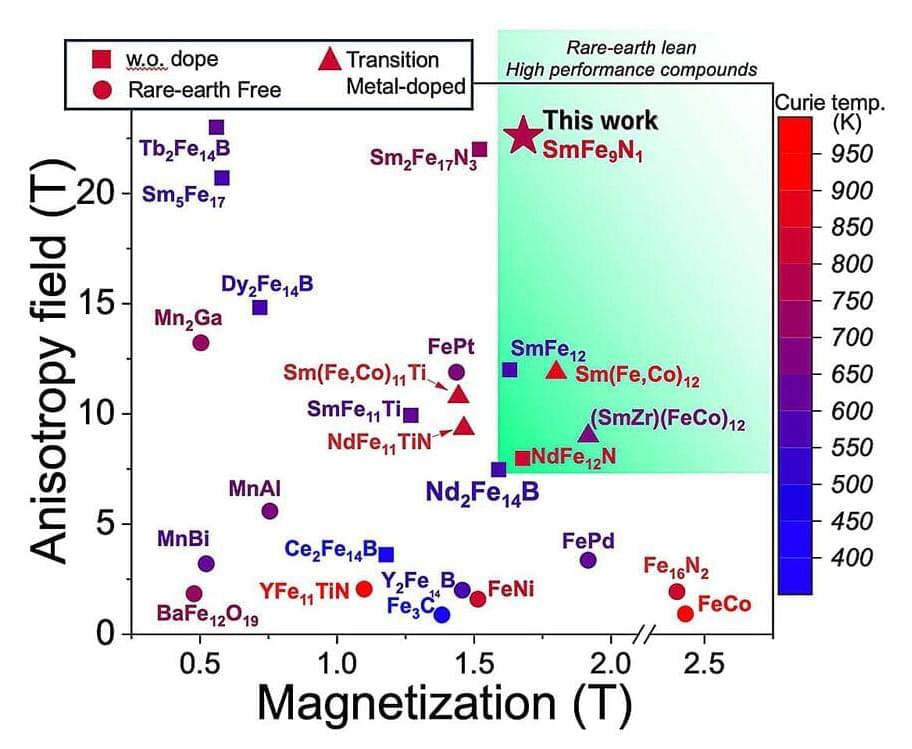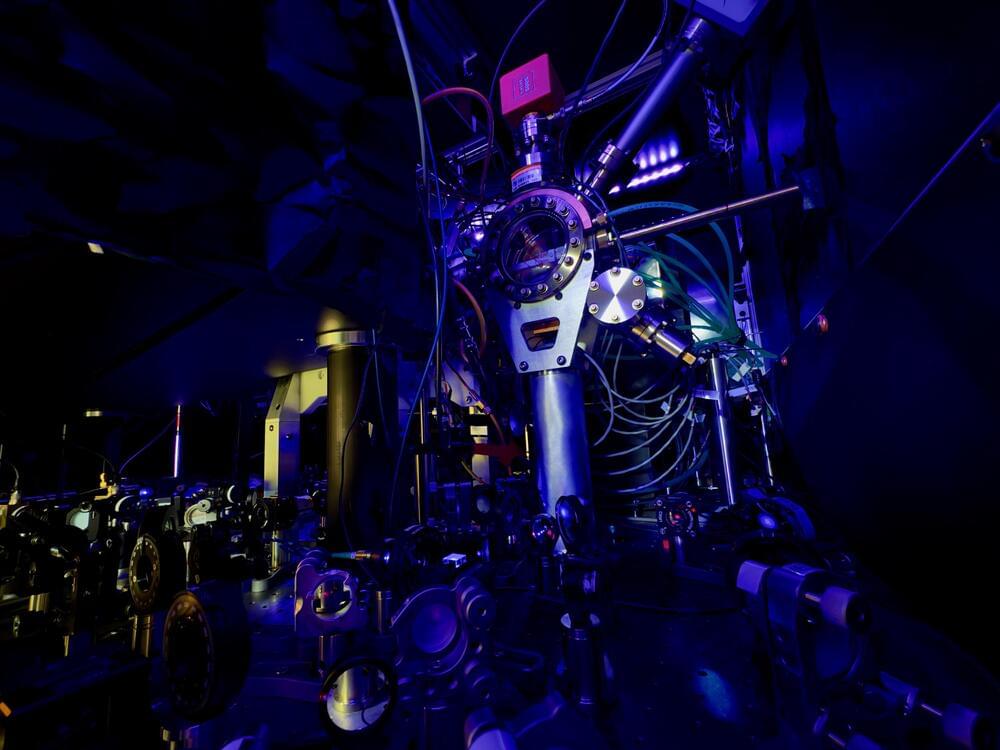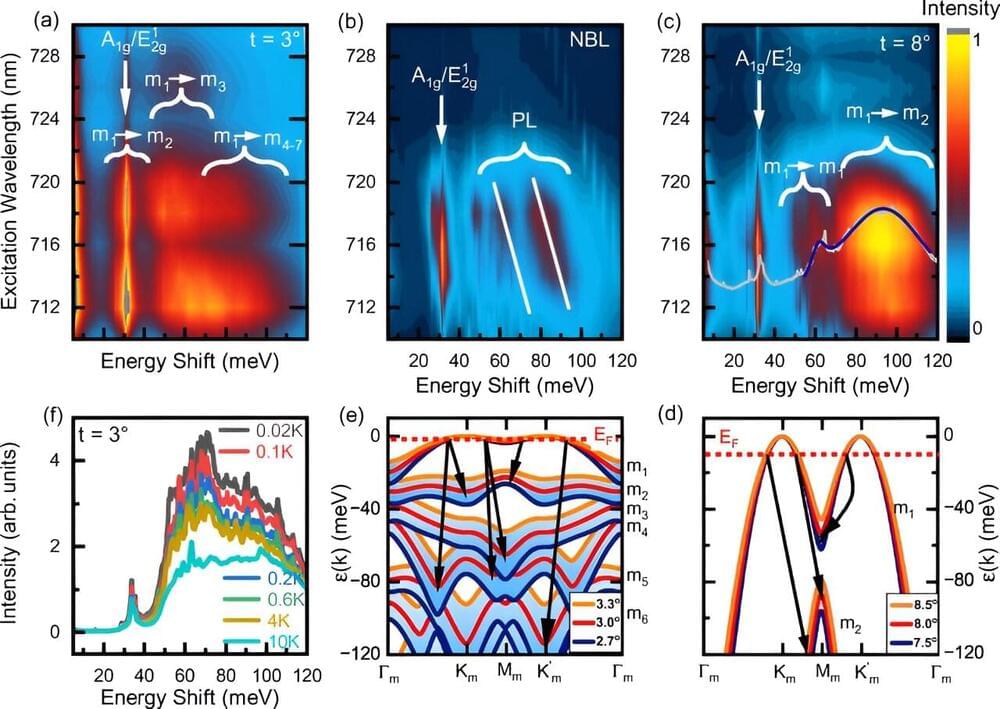Jul 25, 2024
Dark matter flies ahead of normal matter in mega galaxy cluster collision
Posted by Saúl Morales Rodriguéz in category: cosmology
Such decoupling of dark and normal matter has been seen before, most famously in the Bullet Cluster. In that collision, the hot gas can be seen clearly lagging behind the dark matter after the two galaxy clusters shot through each other. The situation that took place in MACS J0018.5+1626 (referred to subsequently as MACS J0018.5) is similar, but the orientation of the merger is rotated, roughly 90 degrees relative to that of the Bullet Cluster.
In other words, one of the massive clusters in MACS J0018.5 is flying nearly straight toward Earth while the other one is rushing away. That orientation gave researchers a unique vantagepoint from which to, for the first time, map out the velocity of both the dark matter and normal matter and elucidate how they decouple from each other during a galaxy cluster collision.
Continue reading “Dark matter flies ahead of normal matter in mega galaxy cluster collision” »


















